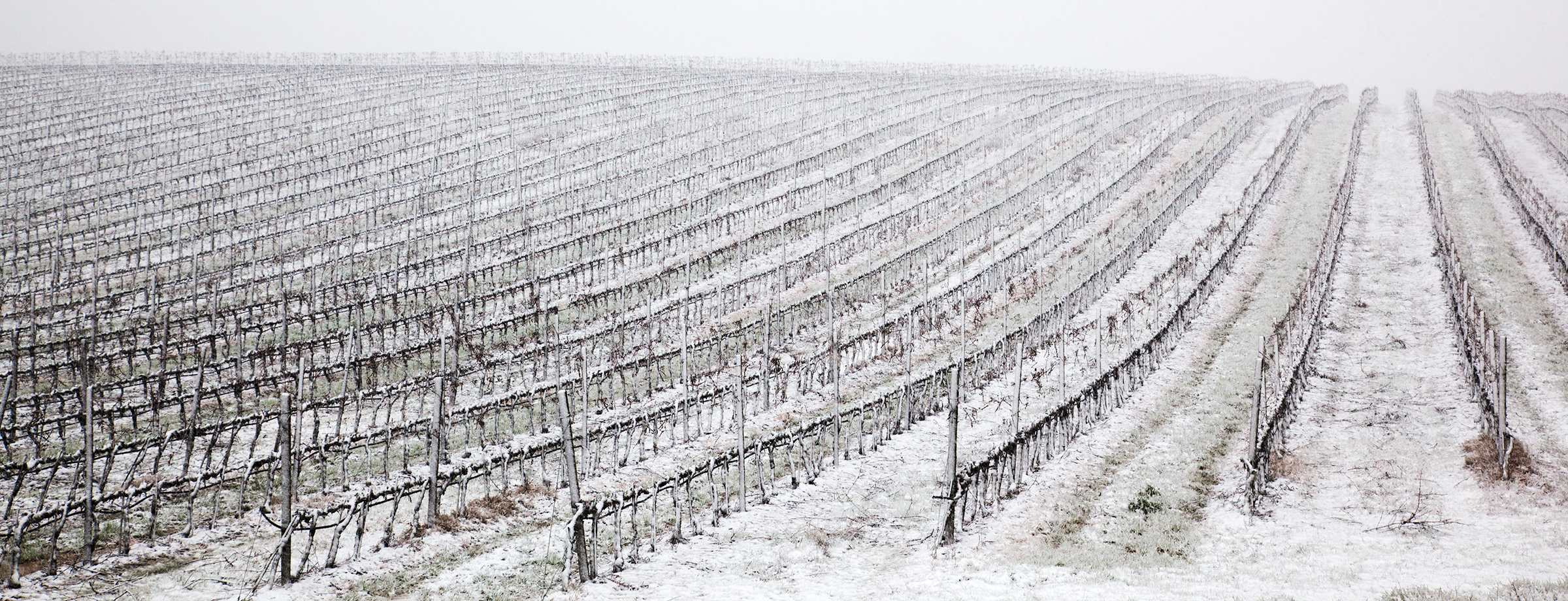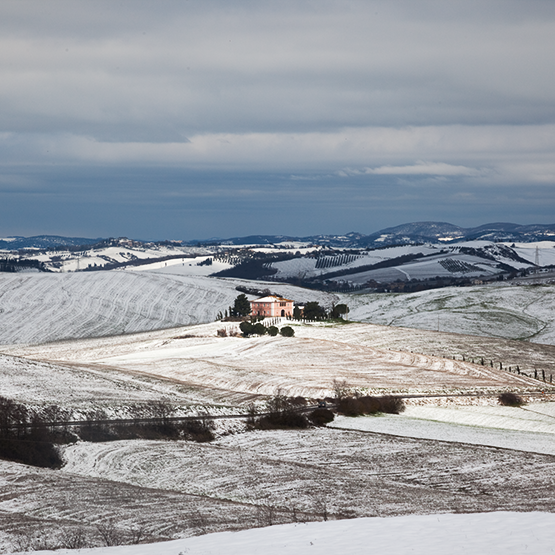Stay Cool

With the advent of Spring and the arrival of warmer weather in NYC, I am reminded of all the wonderful benefits that accompany seasonal change. Unfortunately, among the advantages of warm, or especially hot weather, especially as we get closer to Summer, is not a better restaurant (red) wine experience.
While, to a certain degree, optimal wine temperature is a matter of personal preference, there can be no disagreement that wine served too warm (or too cold) can ruin the experience. When it is eight-five degrees outside and a server selects a red wine from shelf halfway up the wall, chances are that wine is not the ideal temperature. There have been several occasions where upon asking a waiter to put a bottle of red wine on ice I have occasionally received snarky and/or puzzled responses, including the reminder that the wine is actually red. However, credit to those arbiters of good taste that grab the ice bucket posthaste with an affirming quick wink and a nod. Clearly, those servers are treated to a glass and an outsized tip!
It is remarkable how the difference of a few degrees can affect one’s perception of wine quality. Without burying you in details, younger, crisper wines like Sauvignon Blanc (or Beaujolais for reds) are better served on the cooler side, while Chardonnay (or Cabernet Sauvignon) are better served less cool, but there are even exceptions within those classifications. Generally, if a wine is too cold, the aroma and flavor are often minimized so the wine’s texture might seem a bit more angular and a flavor profile lacking in complexity. Conversely, when a wine is too warm, the aromas become muddled, and the alcohol can overwhelm the texture. While the right temperature for enjoying wine is somewhat subjective and can depend on grape varietal, there are no wines that taste good when they are too warm-that goes for both reds and whites, which makes wine service worst during the summer months.


A wine’s textural appeal involves the right balance of sweetness, sourness, and bitterness.
While that may sound like the simple result of fermented grape juice, wine is an incredibly complicated chemical concoction with a myriad of different organic acids, alcohol compounds, polyphenols (tannins), sugars, vitamins, and minerals. At inappropriate temperatures, the sensation of balance becomes distorted.
Temperature does not only affect the palatability of wine, but also the flavor. The flavor of wine is not detected by taste buds, but by millions of olfactory senses in the nasal passage, which differ from person to person and even by gender (woman in general have a stronger sense of smell than men).
There are hundreds of various aroma compounds in wine, some of which are unique to specific grape varieties and others that are a byproduct of the fermentation and maturation process. At the right temperature, these volatile compounds create a complex nose that depending on the person may detect subjective nuances. However, if a wine is served at an inappropriate temperature the wine is objectively skewed, and can cause a fantastic wine to be unpalatable in the worst case, and less complex at its best.
Most restaurants refrigerate their whites, so there is less issue with white wine service. However, a surprising amount of fine dining restaurants do not store red wines at the optimal temperature (approximately 58 Degrees), which is not only detrimental to the integrity of the wine, especially during the Summer months, but is also a disservice to the consumer. Many imbibers (and even restaurateurs) do not realize the degree to which appropriate temperature affects the aroma, palate, and ultimately the potential enjoyment of wine.
While perfection is unattainable, I implore restaurants next Summer to stay cool, and allow the wine to warm up in the glass not least of which because it sends a message that they care about proper storage and respect of the provenance of the wines they serve. As an added bonus, I can avoid the confused, snarky responses when I ask for Bordeaux on ice.
